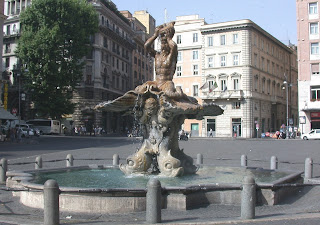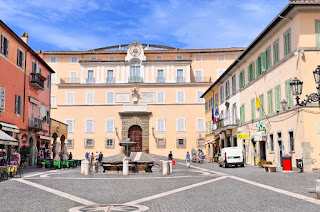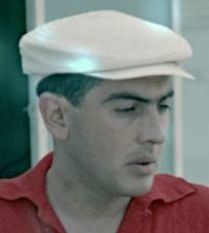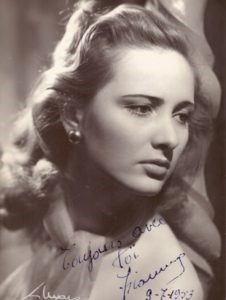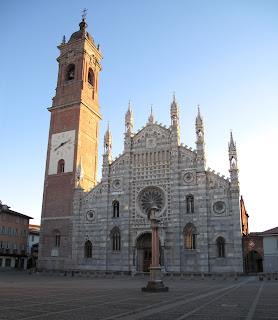Baroque works of art were designed to illustrate papal power
 |
| Algardi's extraordinary marble relief, Fuga d'Attila, which he created for St Peter's Basilica in Rome |
Alessandro Algardi, whose Baroque sculptures grace many
churches in Rome, was born on this day in 1598 in Bologna.
Algardi emerged as the principal rival of Gian Lorenzo
Bernini in the field of portrait sculpture and although Bernini’s creations
were known for their dynamic vitality and penetrating characterisation,
Algardi’s works were appreciated for their sobriety and surface realism. Many
of his smaller works of arts, such as marble busts and terracotta figures are
now in collections and museums all over the world.
Algardi was born in Bologna, where he was apprenticed in the
studio of Agostino Carracci from a young age.
He soon showed an aptitude for sculpture and his earliest
known works, two statues of saints, were created for the Oratory of Santa Maria
della Vita in Bologna.
After a short stay in Venice, he went to Rome in 1625 with
an introduction from the Duke of Mantua to the late pope’s nephew, Cardinal
Ludovico Ludovisi, who employed him to restore ancient statues.
 |
| This portrait by Carlo Maratta is thought to be of Algardi |
Although it was a time for great architectural initiatives
in Rome, Algardi struggled for recognition at the start as Bernini was given
most of the major sculptural commissions.
Algardi was commissioned to produce some terracotta and
marble portrait busts and also worked on the tombs of the Mellini family in the
Mellini Chapel in Santa Maria del Popolo.
He received his first major commission in about 1634 to
sculpt a funeral monument for Pope Leo XI, who had reigned for less than a
month in 1605.
Then he was asked to create a colossal statue of Filippo
Neri for Santa Maria in Vallicella and after this Algardi produced a sculptural
group to represent the beheading of St Paul for the Church of San Paolo in
Bologna. These works firmly established his reputation.
In 1644 the new pope, Innocent X, and his nephew, Camillo
Pamphili, favoured Algardi over Bernini.
A large bronze of Innocent X by Algardi is now in the
Capitoline Museums. In the grounds of Villa Pamphili, Algardi and members of
his studio executed fountains adorned with sculptures and created other garden
features.
 |
| Algardi's funeral monument for Pope Leo XI |
In 1650 Algardi received commissions from Spain and there
are four chimney pieces by him in the Royal Palace of Aranjuez and figures by
him on the fountain of Neptune in the gardens. A tomb in the Augustinian
monastery at Salamanca is also by him.
The Fuga d’Attila relief, Algardi’s large marble panel of
Pope Leo XI and Attila for St Peter’s Basilica, reinvigorated the fashion for
marble reliefs. It depicted the historical legend of the Pope stopping the Huns
from looting Rome, illustrating papal power.
Algardi died in 1654 within a year of completing this work,
which was much admired by his contemporaries.
 |
| The 17th century Villa Doria Pamphili is situated in Rome's largest landscaped public park |
Travel tip:
The Villa Doria Pamphili is a 17th century villa in Rome
with, what is today, the largest, landscaped public park in the city. The villa
is situated just outside Porta San Pancrazio in the ancient walls of Rome. It
began as a villa for the Pamphili family and when the line died out in the 18th
century it passed to Prince Andrea IV Doria, from which time it has been known
as the Villa Doria Pamphili. In 1644 Cardinal Giambattista Pamphili was elected
to the papacy and took the name of Innocent X. He aspired to a grand villa and
brought in Algardi to help with the design and create the sculptures in the
garden.
Travel tip:
The huge marble Fuga d’Attila relief, showing Pope Leo XI
restraining Attila from marching on Rome, was the largest high relief sculpture
in the world when it was created by Algardi between 1646 and 1653 for St
Peter’s Basilica in Rome. The Basilica had been completed and consecrated in
1626. It was believed to be the largest church in the world and was built to
replace the original fourth century Basilica that had been constructed on what
was believed to be the burial site of Saint Peter.







